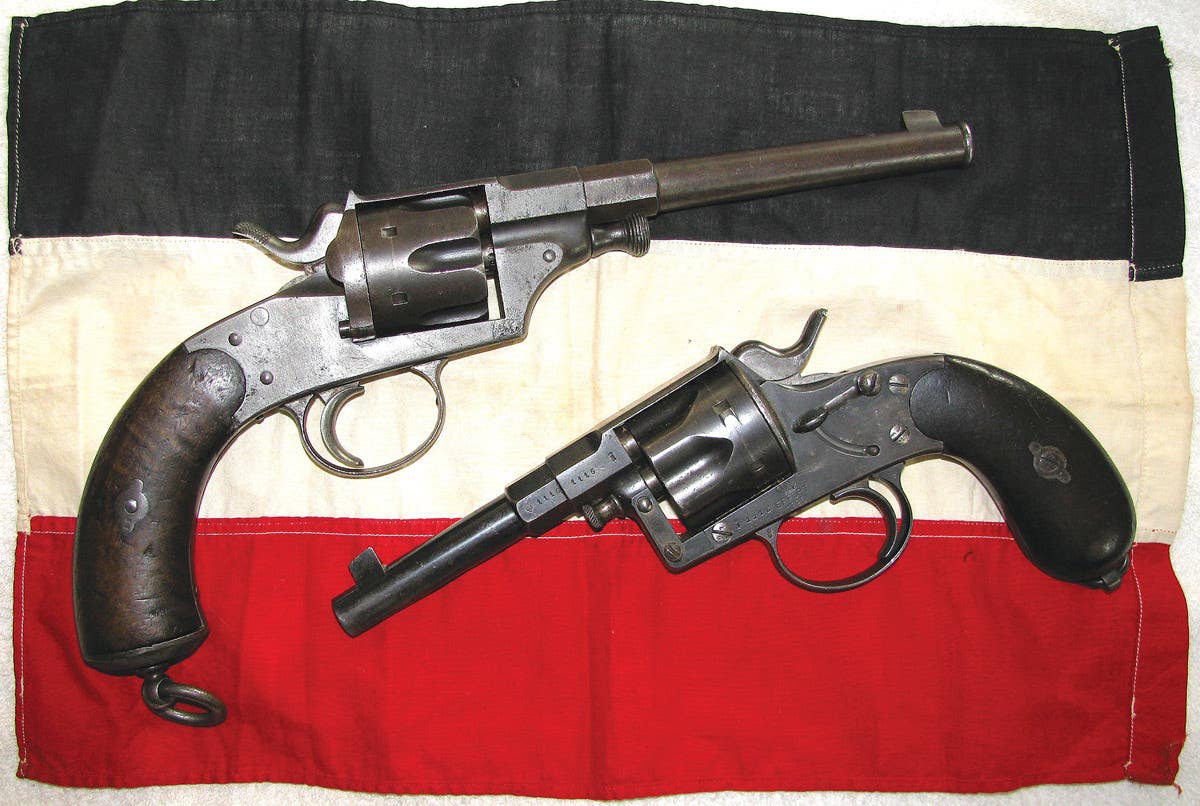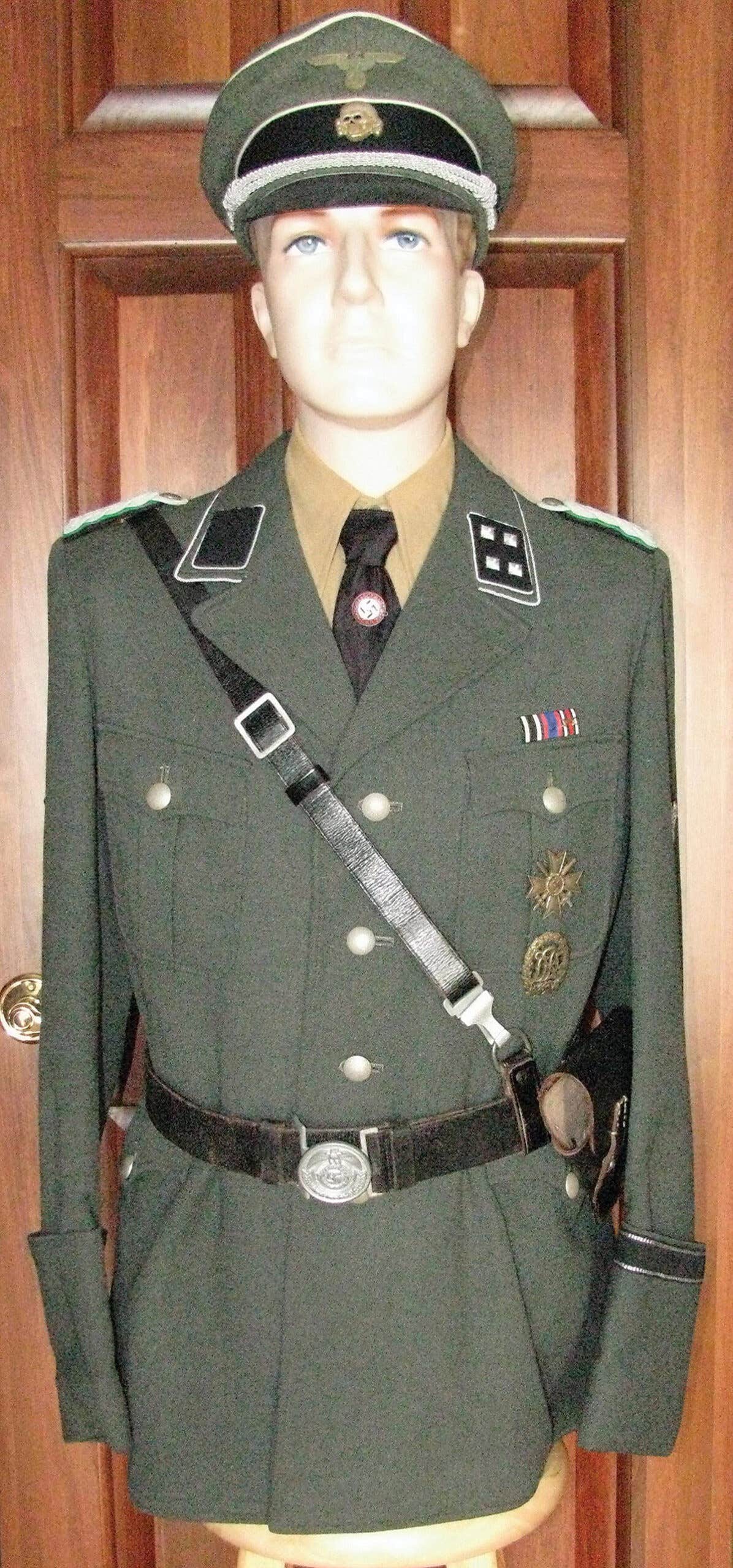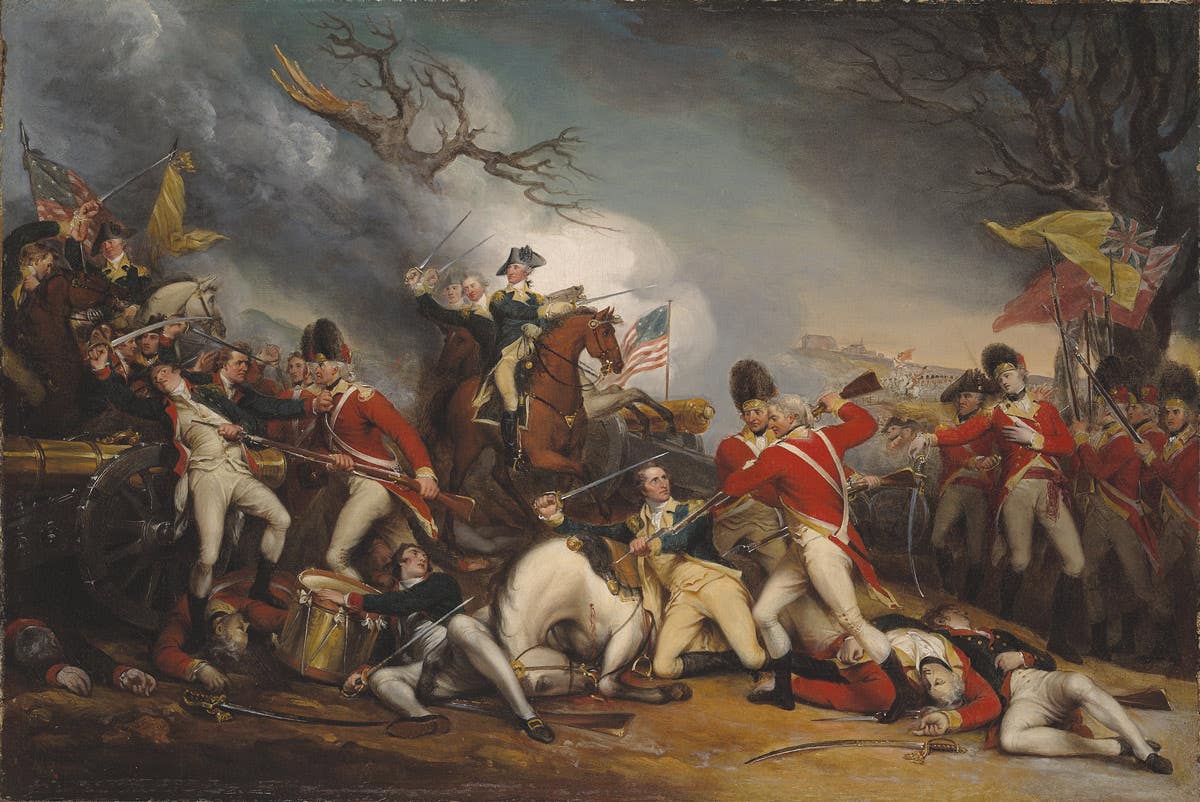Basement Bunker
Pros and cons of the “underground collection” by Peter Suciu Many things are debated in the world of military collectibles, but one hot-button issue has to do — not with…
Pros and cons of the “underground collection”
by Peter Suciu
Many things are debated in the world of military collectibles, but one hot-button issue has to do — not with the objects — but rather, where to store and display one’s collection. The debate swirls around whether a basement can make a good home for a collection. Detractors quickly suggest a basement is the worst place to put anything of value, but there are numerous reasons why the underground portion of a house can actually make a great home for a collection.
The first thing to address is that not all basements are created equal. Much depends on the state of the basement, as well as the part of the country. By definition, a basement is also the underground portion of a house that is enclosed within the foundation.
Basements, as opposed to cellars, will have a cement slab as a floor. A cellar can have a mere dirt floor, which isn’t idea for use even as storage — but can be used to grow potatoes and other root vegetables. A cellar may also not be part of a building’s foundation. Thus, a cellar is truly more of a hole in the ground that part of a structure.
Climate Conditions
Those opposed to basements often suggest that a damp, dingy basement isn’t suited to housing a collection of value. Perhaps this is from personal experience, but this opinion fails to take in account that basements are often transformed into “man caves” with pool tables and mini-bars, while others are utilized as home theaters and exercise rooms.
No one is going to invest in expensive home theater equipment if the conditions will offer the ambiance of a rundown movie theater! Nor do people spend big money to make a man cave with moldy walls and musty air. In other words it is about creating the right environment in part through environmental conditioning and control.
If a basement is damp, regularly has leaks, and the smell of mold sets off allergies, then it probably isn’t suited to becoming a collectible’s room. However, if your basement has those issues it maybe considering resolving the problems before “investing” in more militaria! The basement is part of the foundation of the house and keeping it in good condition will save a lot of headaches down the road.
A finished basement — as in drop ceiling, recessed lights, and either carpeting or tile — can truly add to the “livable” space in your house. As noted, the space in a basement can be transformed from anything from a play room for the kids to a home theater fit for a movie mogul. For collectors, it can be a place to display — even show off — a collection.
Basements can be damp, but a dehumidifier can help maintain the right humidity. In fact, a basement has an advantage over other parts of the house in that it is easy to keep a constant temperature year round. Basements tend not to need to be cooled in the summer, so the upstairs can be in the high 80s without the air conditioner running, while the collection can still be kept cool naturally at around 70 degrees.
An air purifier can help keep dust and even mold to a minimum. Just be sure to invest in a good purifier with HEPA filters, and replace those annually. The good thing about housing a collection in a basement is that the musty smell that can often come with old uniforms can be contained and with a good air purification system those smells can even be minimized.
There are some finishing touches to think about. First, make sure that you don’t create problems. If you have a cinder block foundation you probably shouldn’t mount shelving brackets directly to the blocks. By drilling holes in any foundation, you can create cracks that can lead to leaks. Free-standing shelves or framing with wood is a better option.
One advantage of basements is that this limits light exposure, which can cause fabrics and even paints to fade over time. However, make sure that lights are defused to reduce the UV radiation that is bad for your collectibles. The right light filters, which can be as simple as plastic screens, can provide adequate protection while still providing enough light so that you can enjoy your collection.
Water Damage
One of the biggest reasons for not housing a collection in a basement is the often cited “what about a flood?” Well, to that question there is the retort, “What about fires,” or if your house is near a tree, what happens should a storm knock it down on the room storing your collection?
Yes, floods happen. The key with a collection in a basement is to be prepared. First, have a plan in place. One simple option is to avoid having a finished room for your collection near water lines. This isn’t as tricky as it sounds. Unless your house has several — meaning more than three — bathrooms the water lines tend to be along one side of a house. This means that laundry as well as water lines can be kept apart from the rest of the space. However, floor drains should still be present.
There are options to install systems that will keep water from backing up from those drains too — while water sensors can be placed at key points that will shut off the incoming water should a pipe burst. These options can be pricey but worth the investment even when you’re just using a basement for storage. It is paying for peace of mind.
As for the actual collection, it is about elevation. Keep everything off the floor. In most — of course not all — cases, water that gathers in a basement is usually less than a foot. Shelves and cases, along with risers for pieces like field gear and weapons displays, can be used to provide a museum quality to a collection.
But it does come down to a damage control plan too. If you’ve experienced floods greater than that in the past you need to ask yourself what you need to do to stop it because clearly this is a bigger problem that can cause real damage to the house, and the collection is an afterthought.
A Personal Bunker
Finally, to those who say that a basement isn’t an option, consider a few other points that could change your mind. The first is that even the most understanding wife isn’t about to allow a collection to overtake a living room, but many spouses are happy to give up that space in the basement. Add a reasonably large flat panel TV, and you can enjoy your favorite war flick while taking in your collectibles.
A basement transformed to a man cave for militaria has some notable advantages over hiding your collection in the closet. If you’re worried that neighbors and even some friends might not understand your hobby it can be tucked away and out of sight – like when your anti-gun sister-in-law comes for dinner.
A lower level “bunker” provides security
Basements are seldom the point of entry in a break in, and most burglars — unless they know you have valuable goodies — are unlikely to go looking for your bunker. As a basement typically has one way in or out, and rarely more than two, it is the last place most criminals will go to in a home invasion.
With some right planning, which includes an alarm system and has taken the possibility of a flood into consideration, a basement bunker could be the next best thing to a personal museum. Move over average man cave, that basement could be just waiting for your collection.







